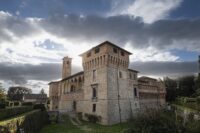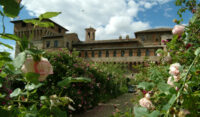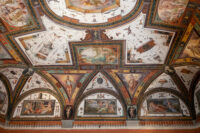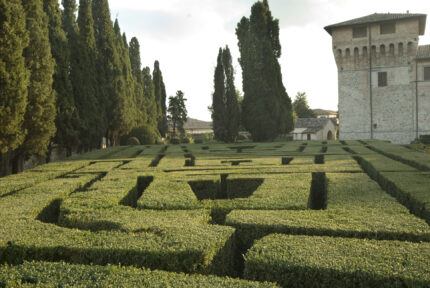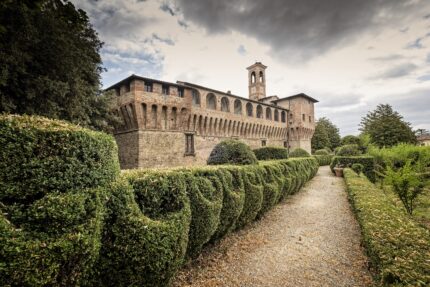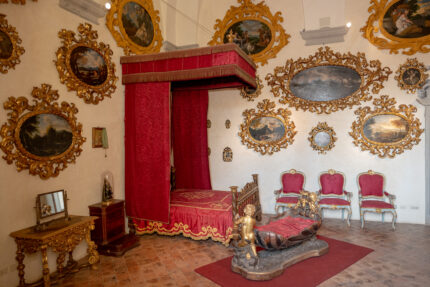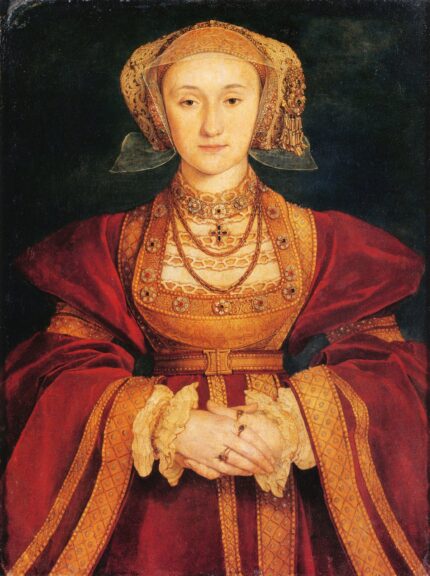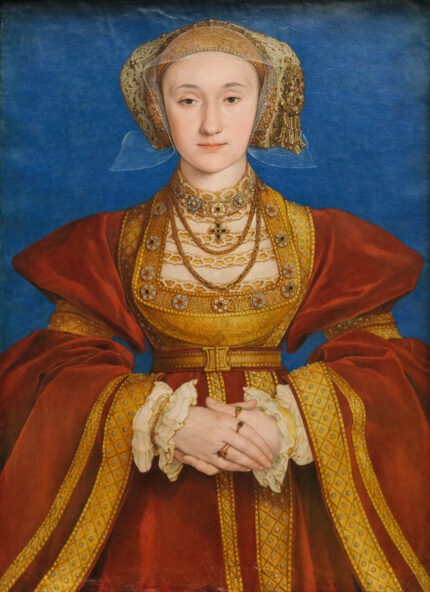 A previously unknown terracotta portrait head of the great Renaissance architect Filippo Brunelleschi has been acquired by the Opera di Santa Maria del Fiore, the works commission of the Duomo of Florence where Brunelleschi was buried. It is one of only four known portraits of the architect (including his plaster death mask), and dating to 1447, it is one of the oldest terracotta portraits to survive.
A previously unknown terracotta portrait head of the great Renaissance architect Filippo Brunelleschi has been acquired by the Opera di Santa Maria del Fiore, the works commission of the Duomo of Florence where Brunelleschi was buried. It is one of only four known portraits of the architect (including his plaster death mask), and dating to 1447, it is one of the oldest terracotta portraits to survive.
The portrait was sculpted by Andrea di Lazzaro Cavalcanti (Il Buggiano), a student of Brunelleschi who became his adopted son. It was recently found in a historic home in Florence and identified by art historians Giancarlo Gentilini and Alfredo Bellandi as the model for a marble bust that il Buggiano had been commissioned to create by the Opera di Santa Maria del Fiore after Filippo Brunelleschi’s death. The finished marble bust is in a tondo on the wall in the right nave of the Duomo, a tribute to the man who built the cathedral’s unprecedented brick and masonry dome, revolutionizing architecture in the process.
 Buggiano was by his father’s side when he died on April 15th, 1446. He is believed to have made the plaster death mask of his father that day. The funerary relief took longer to commission and accomplish. First the Wool Guild had to determine that the final resting place of Brunelleschi’s body would indeed be Santa Maria del Fiore. They decided on December 30, more than eight months after the architect’s death. On February 18, 1447, the Opera di Santa Maria del Fiore commissioned a wall monument to include a realistic portrait and a memorial epigraph. Cavalcanti received the marble for the funerary monument on February 27th, and he immediately got to work forming the model of the realistic bust. The model was finished by the end of March. The finished marble portrait was completed in May.
Buggiano was by his father’s side when he died on April 15th, 1446. He is believed to have made the plaster death mask of his father that day. The funerary relief took longer to commission and accomplish. First the Wool Guild had to determine that the final resting place of Brunelleschi’s body would indeed be Santa Maria del Fiore. They decided on December 30, more than eight months after the architect’s death. On February 18, 1447, the Opera di Santa Maria del Fiore commissioned a wall monument to include a realistic portrait and a memorial epigraph. Cavalcanti received the marble for the funerary monument on February 27th, and he immediately got to work forming the model of the realistic bust. The model was finished by the end of March. The finished marble portrait was completed in May.
The terracotta model he had used presumably was stored in his workshop for a while, but we don’t really know where it was or what it was doing in the 700 years before its rediscovery. The wear and tear suggests it was kept as a sculpture in its own right until the association with the funerary monument was forgotten.
“The terracotta head with Filippo Brunelleschi’s facial features was moulded by Andrea Cavalcanti (Il Buggiano), who was Filippo’s adopted son and heir”, said Antonio Natali, a council member of the Opera of Santa Maria del Fiore. “It is known that the Opera di Santa Maria del Fiore gave both of them remarkable commissions: Brunelleschi goes without saying. However, Buggiano will be remembered for his admirable humanistic lavers in the sacristies of the cathedral and, at this point in time, especially the monument celebrating Brunelleschi in the cathedral, now that the terracotta head, the model for it, has been found. With these premises, everyone will understand how the acquisition by the Opera di Santa Maria del Fiore was actually unavoidable”.
“We believe that this is truly an exceptional opportunity, an unimaginable privilege, to be able to present the previously unknown, vivid portrait of Filippo Brunelleschi, modelled by his adoptive son, Andrea Cavalcanti, shortly after his death”, stated Giancarlo Gentilini and Alfredo Bellandi. As the many formal and technical aspects indicate, the work we present here should be considered as the model prepared by Buggiano for the execution of the marble portrait. It is a ‘life-like’ portrait, considering that Brunelleschi was notoriously “small in stature and features” (Vasari 1568), and the measurements of the face (perhaps slightly reduced by the usual ‘shrinkage’ of the clay) are substantially comparable to those found in the plaster death mask and the marble effigy. But compared to the facial cast, the image, now devoid of the contractions of rigor mortis, has more harmonious proportions. The face could almost be inscribed within a sphere”.
The work needs to be restored, and although (apart from a single gap in the chin, where an old, clumsy plaster repair makes it seem bigger), it has scratches all over it and a chalky residue veiling and traces of paint applications (one with seemingly natural tones and at least two brown ones, perhaps to simulate bronze, after the restoration of the chin).






